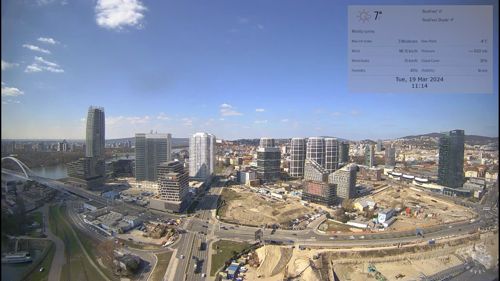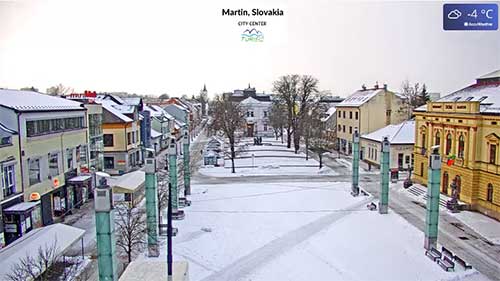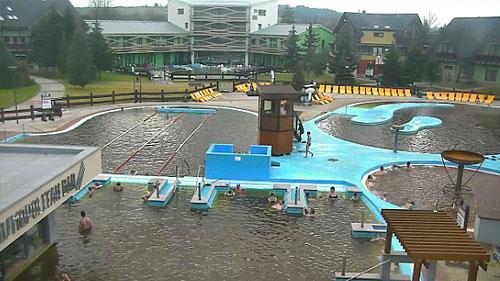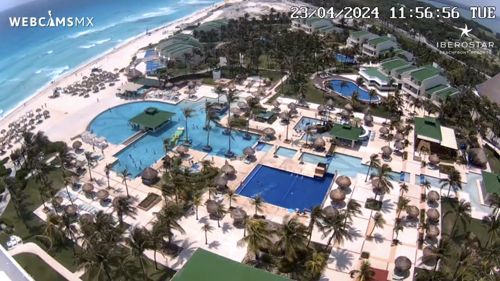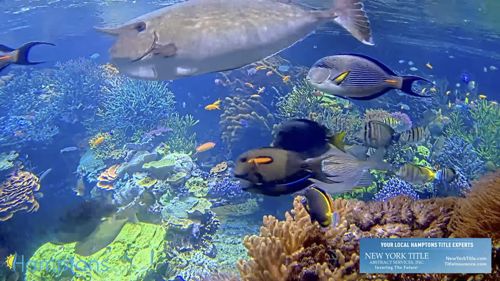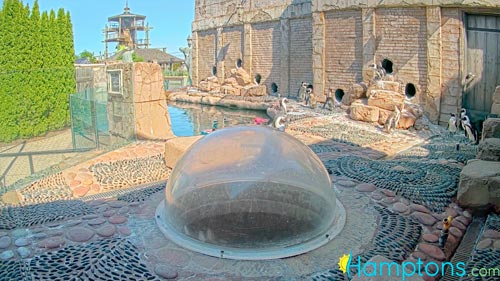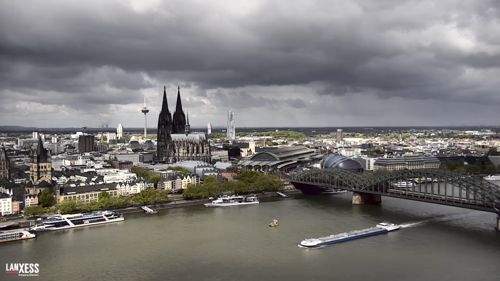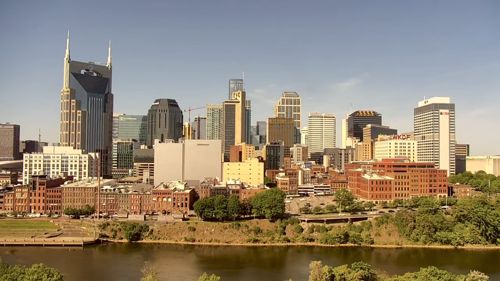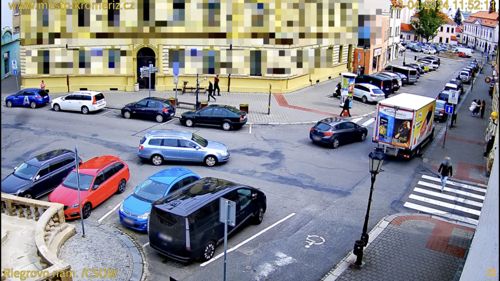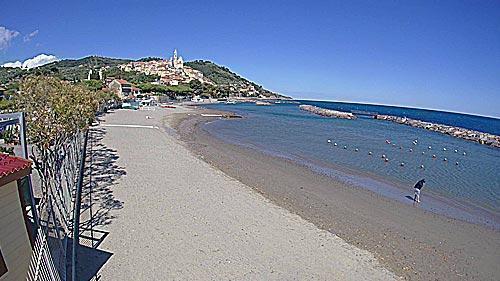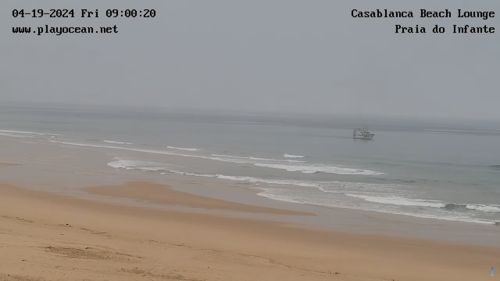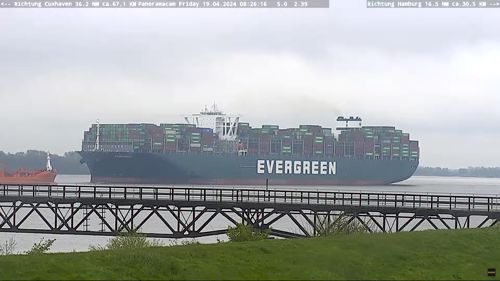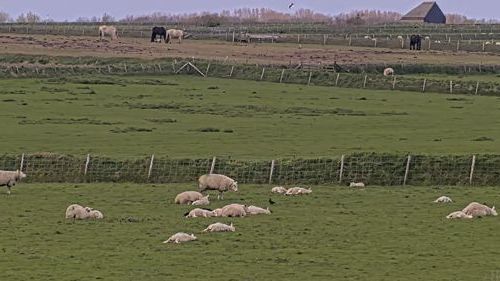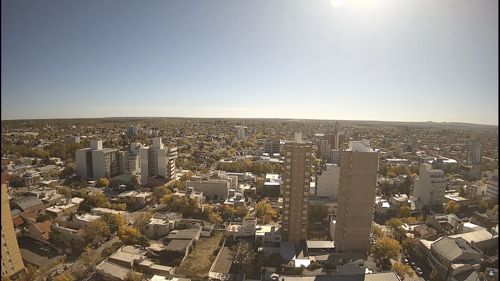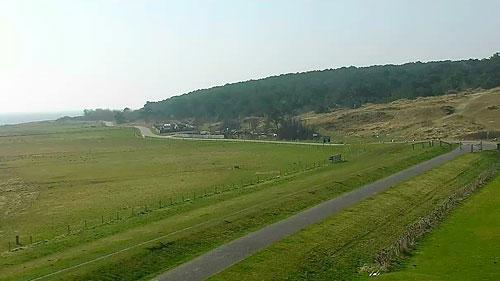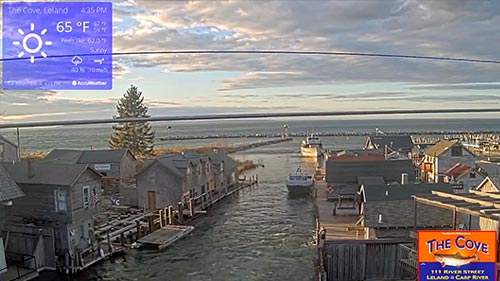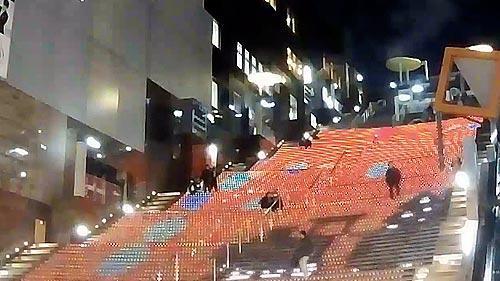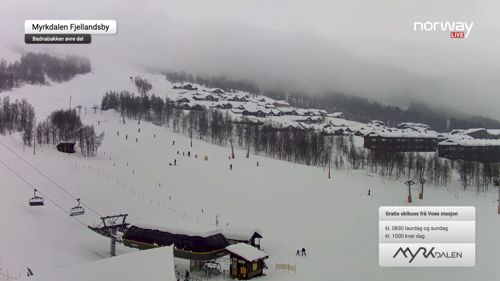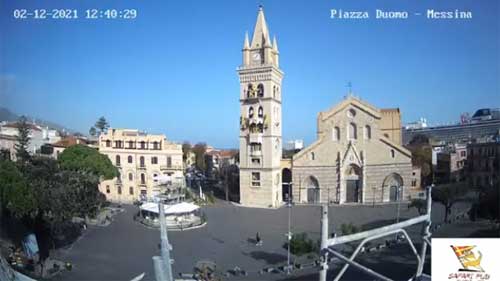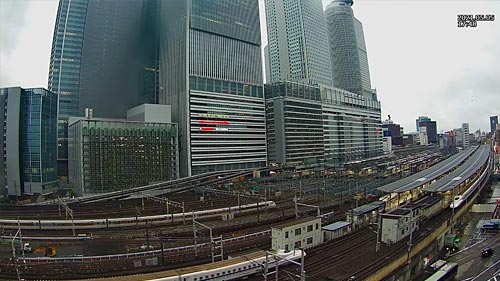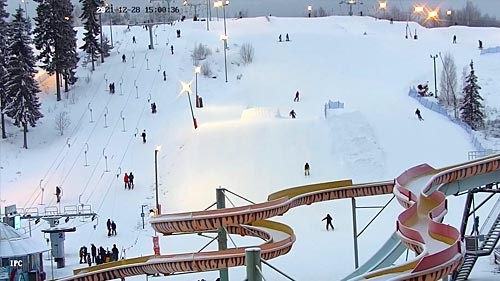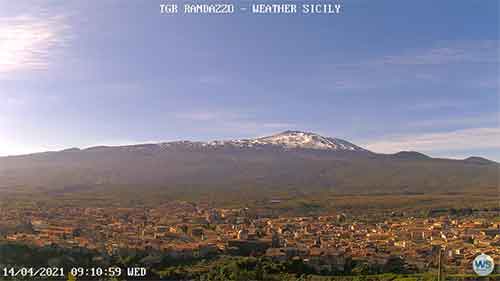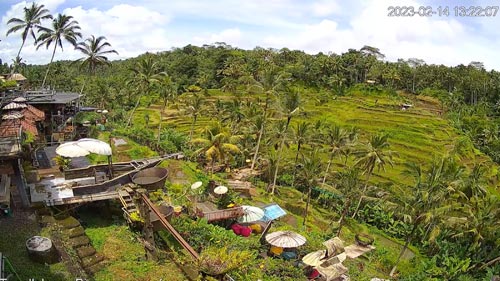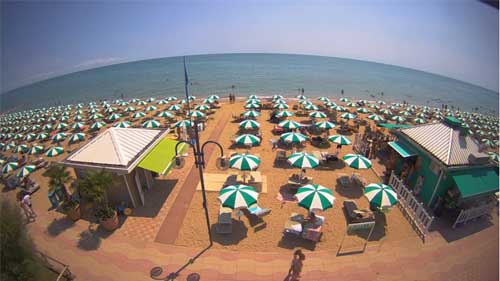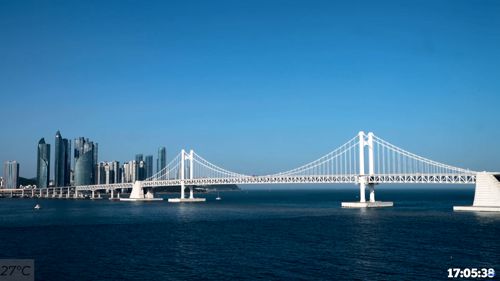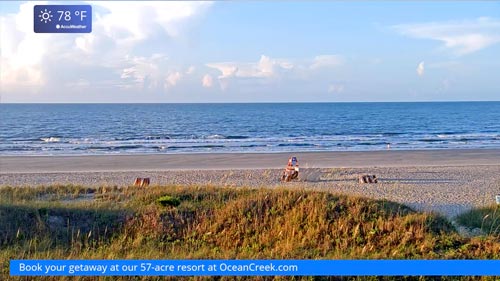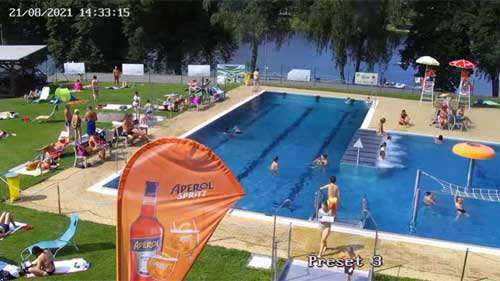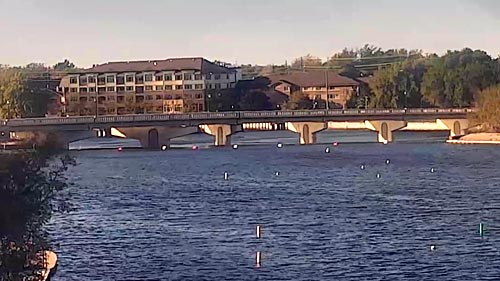Slovakia (Slovensko), officially designated as Slovak Republic, is an independent state since 1993, after the dissolution of Czechoslovakia, and a member of the European Union. The country’s population, of which 86% are ethnic Slovaks, is recognised for its very high Human Development Index.
The country is divided into eight regions (kraj), the largest being Bratislava, which includes the capital city.
Its territory comprises 40% of forest, diverse terrains and vegetation, and the Tatra mountain range, known for its waterfalls and many lakes (called plesá, plural of pleso). Štrbské Pleso, for instance, is a favourite tourist health and ski resort. These mountains are filled with hundreds of caverns and caves underneath them, some of them open to the public, as Belianska Cave. The rivers are also relevant to the Slovakian scenery, with a length of 49,774 kilometres altogether, the longest being Váh, a tributary of the Danube River.
Population: 5.4 million
Capital: Bratislava
Other major cities: Košice, Prešov, Nitra, Žilina, Banská Bystrica
Religion: Roman Catholic
Climate: Typical European continental influenced climate with relatively warm and dry summers, and cold, humid winters
Main attractions: Bardejov and Bratislava old towns, Tatra mountains, Paradise National Park, Bojnice, Spiš Castle, St. Elizabeth Cathedral, Basilica of St. Giles, Michael's Gate, Dobšinská Ice Cave, Orava Castle
The cities and villages are historical, and their old exquisite buildings are well preserved or restored. Find out more about Slovakia through the live webcams we share on Webcamtaxi!

